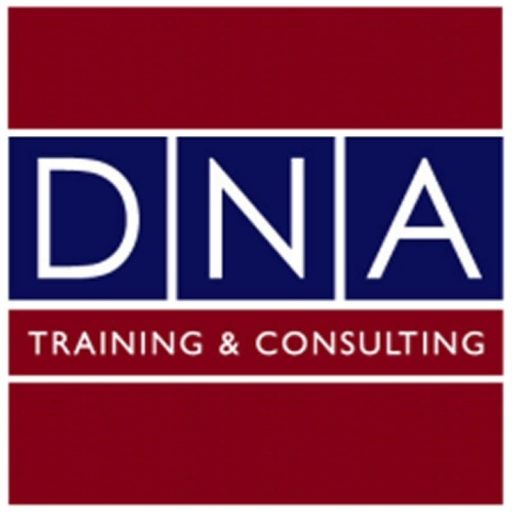SEMINAR LENGTH
4 days
SUBJECT FOCUS AND CONTENT
Part I: Background
- Review of rating agency studies regarding default risk, credit migration and recovery values.
- Extensive overview of regulatory capital framework for banks under current BIS rules, including rules for the banking book and the trading book. Efficient usage of available equity capital and the opportunities for regulatory capital optimization. Comparison of economic v. regulatory capital requirements.
Part II: “First Generation” Solutions and their Limitations
- Summary overview of principal instruments available in today’s marketplace, including funded and unfunded alternatives. Credit swaps on single-obligor risks; credit-linked notes and deposits; total return swaps.
- User-friendly discussion of pricing methodology for corporate bond, credit-default swap and total return swap.
- Examination of regulatory capital rules for the treatment of basic credit derivatives in the banking and trading book, including a comparison of international differences.
- Review of the standard ISDA credit default swap confirmation and the related definitions, including a discussion of well-publicized legal/documentation problems that have arisen in the past.
Part III. “Second Generation” Solutions
- Examination of “second generation” instruments including convertibility/transferability options; first-to-default and second-to default instruments; credit/total return swaps by companies involving their own securities; recovery-value based instruments; capital-enhancing instruments; and credit swaps relating to counterparty exposure under an identified derivative contract (eg. gold-linked default swap.)
Part IV. “Portfolio” Solutions and Securitizations
- Detailed analysis of cash and synthetic CLOs and CBOs and the pros and cons of different structures, including static v. managed, investment grade v. high-yield, balance sheet v. arbitrage, etc.
- Discussion of relevant issues from accounting, regulatory, legal and cost perspective.
- Review of recent regulatory pronouncements on the treatment of synthetic structures under US and international regulation.
PARTICIPANT OBJECTIVES
As a result of this workshop, participants will:
- Acquire a thorough understanding of the mechanics and pricing of credit derivatives, and the regulatory, accounting and rating agency considerations that are driving the growth of the market.
- Increase their understanding of a bank’s economic and regulatory capital framework and the techniques available for optimizing the use of such capital.
- Understand from an investor perspective the risk/return dynamics of different structures.
- Familiarize themselves with the standardized documentation for credit derivatives and the relevant legal issues relating to it.
- Become comfortable with the latest technologies and products in the credit derivatives markets, from both the issuer and the investor’s perspectives.
METHODOLOGY
This workshop is built around lectures, case studies, and problems. All of the necessary building blocks of an accounting, regulatory, legal, mathematical and analytical nature will be covered.
If desired, a quiz could be administered at the end of the program to test the participants’ retention of the subjest-matter.

